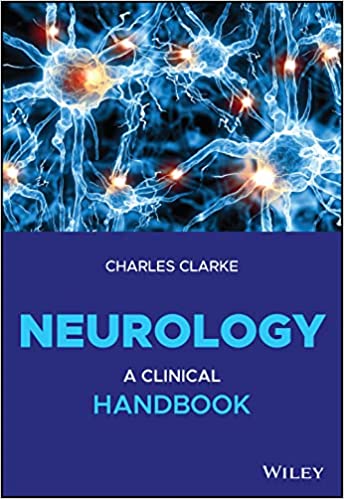Reviewing Dr Charles Clarke’s book may well have been my first experience of reading, cover to cover, a neurology text book during what is (undeniably by now) the second half of my career as a neurologist. As such, I approached the task with trepidation!
I need not have worried. The work was onerous neither in its nature nor its duration. The book is short and the reader benefits from clear writing and from having to pause very rarely to reflect upon perceived omissions or controversial comments. Although by way of providing reassurance that your reviewer read every page, I can confirm that the unstable spelling of a mammillary did not go unnoticed (the third ‘m’ was sometimes left out).
The overall structure is sensible and of course follows that of the comprehensive Queen Square textbook, co-edited by Charles Clarke. Some nice e-resources are highlighted.
As a handbook, the intention is to cover core topics and these are chosen with the wisdom to be expected of the author’s years’ experience as a clinician. Looking for things to which I myself might have given greater prominence, I might mention the chronic low CSF pressure state as a cause of brain or cord deficits even without headache (not so uncommon, easily missed on conventional tests and also amenable to treatment). The state of CNS ischaemia from a dural AV fistula might be another.
Conversely there is a generous two-page spread for neurology at altitude. Of course, this issue features infrequently in UK practice but is handled so authoritatively that it is well worth its space. And of course we shouldn’t forget that books written in the UK may be read elsewhere, even near to (or upon) high mountains.
In sum, this would be a handy textbook for a player in the first ‘minutes’ of the neurology game wanting an overview, or a player further into the first half who might need a quick reference. For second-half players it may provide reassuring perspective in areas of practice not encountered so frequently, or a resource for double-checking one’s instincts in preparation for some general teaching.
Neurology: A Clinical Handbook

Author(s): Charles Clark
Published by: Wiley
Price: £49.99
No. of Pages: 496
ISBN Number: 978-1119235729
Book reviewed by: Rhys Davies
